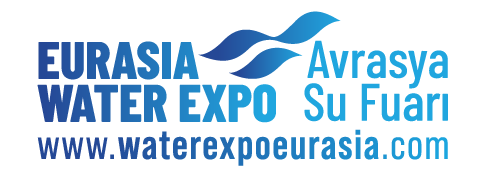Infrastructure
Corrosion in Pipelines
Corrosion in Pipelines
Corrosion refers to the degradation of metals and alloys due to chemical and electrochemical reactions with their environment. Most metals naturally tend to revert to their original states (compounds), and this transformation is thermodynamically associated with energy loss. The transition to the solution phase is also a significant type of corrosion. The environment’s influence plays a crucial role in this transformation.
Corrosion is one of the most important issues that causes substantial losses for both public and private organizations each year. Currently, the leakage and loss of rare water in networks is a critical concern. As a result, municipalities, engineers, and companies focus on corrosion and damage in water distribution networks. Whether ductile iron or gray cast iron pipes are used, the corrosion and damage resistance of underground networks are vital factors. Material selection is essential for minimizing corrosion and ensuring that the material performs optimally throughout its service life.
Methods for Protecting Pipelines from Corrosion:
Identifying Corrosive Environmental Conditions: Recognizing the corrosion-causing properties of the environment is critical. One of the most important methods for gaining insights into corrosion is the corrosion rate test. This method detects corrosion in pipelines immersed in soil or water (e.g., seawater), and it can also be assessed in atmospheric environments. The corrosion rate is typically measured in mils per year.
Reducing Conditions that Promote Corrosion: By using the galvanic series of metals and alloys, it is possible to minimize corrosion with conscious planning and design. It is necessary to use materials with similar electrical potentials to reduce corrosion rates.
Using Corrosion-Resistant Materials: Today, materials can be produced for specific environments. For example, stainless steel is ideal for protecting against atmospheric corrosion, especially when a long lifespan is required. It is crucial to understand the optimum corrosion level when selecting materials. Economic comparisons are vital in planning, as financial resources often influence material choices.
Improving Corrosive Environments: While improving environments like soil or seawater is challenging, high-resistance environments can be created in trench backfill soil. This method can be useful if it is not too costly. The use of water treatment or inhibitors is also a common practice against freshwater corrosion.
External Coatings: The protective effectiveness of coatings applied to pipe surfaces is primarily dependent on the quality of the coating and its application process (e.g., machinery, manual work, surface preparation). External forces such as rocky soil, subsidence, mechanical or thermal stresses, bacterial movements, and construction activities can reduce the coating’s effectiveness. Ductile iron pipes are typically resistant to corrosion and may not need additional protection in many soils, but they may require external coatings in some environments, such as low-resistance soils, anaerobic bacterial environments, or differing compositions. Also, the use of different metals or direct external currents requires additional corrosion protection.
Recommendations for Managing Corrosion:
- Corrosion should not only be viewed as material loss but also as a significant concern for user health and environmental protection.
- The cost of replacing damaged materials can account for 4-5% of a nation’s GDP, and additional indirect costs also arise.
- Key points for mitigating corrosion:
- Pipes and fittings should be carefully selected, considering pipe diameter (and thickness), as well as internal and external coatings. Storage and handling of materials should be conducted with care.
- The corrosiveness of the soil where the pipe will be installed should be assessed, including factors like pH, humidity, sulfur content, and industrial waste. Special protective pipes should be used in areas with excessive corrosiveness (soil resistance below 1500 ohm-cm).
- Excavation, backfilling, and depth should meet standards, with anti-corrosion measures taken at every stage.
- Corrosion-resistant backfill materials can provide short-term protection, although they will eventually absorb the properties of the surrounding soil.
- Metal sacrifice (corrosion tolerance) and increasing wall thickness are also protection methods, but coating the pipe surface is the most economical and efficient solution.
- Other costs associated with corrosion include:
- Production losses (due to downtime),
- High maintenance costs (which can be reduced through design and material selection),
- Water leaks from corroded pipes (which can have significant consequences),
- Labor and spare part requirements (which can be reduced by 1/4 with good material selection),
- Consumer rights and claims (concerns regarding foreign substances in water and their health impacts).
The Turkish Society for Infrastructure and Trenchless Technologies is committed to advancing construction methods and infrastructure systems. Through national and international collaboration, the association seeks to provide optimal solutions to manufacturers, users, and researchers alike.




